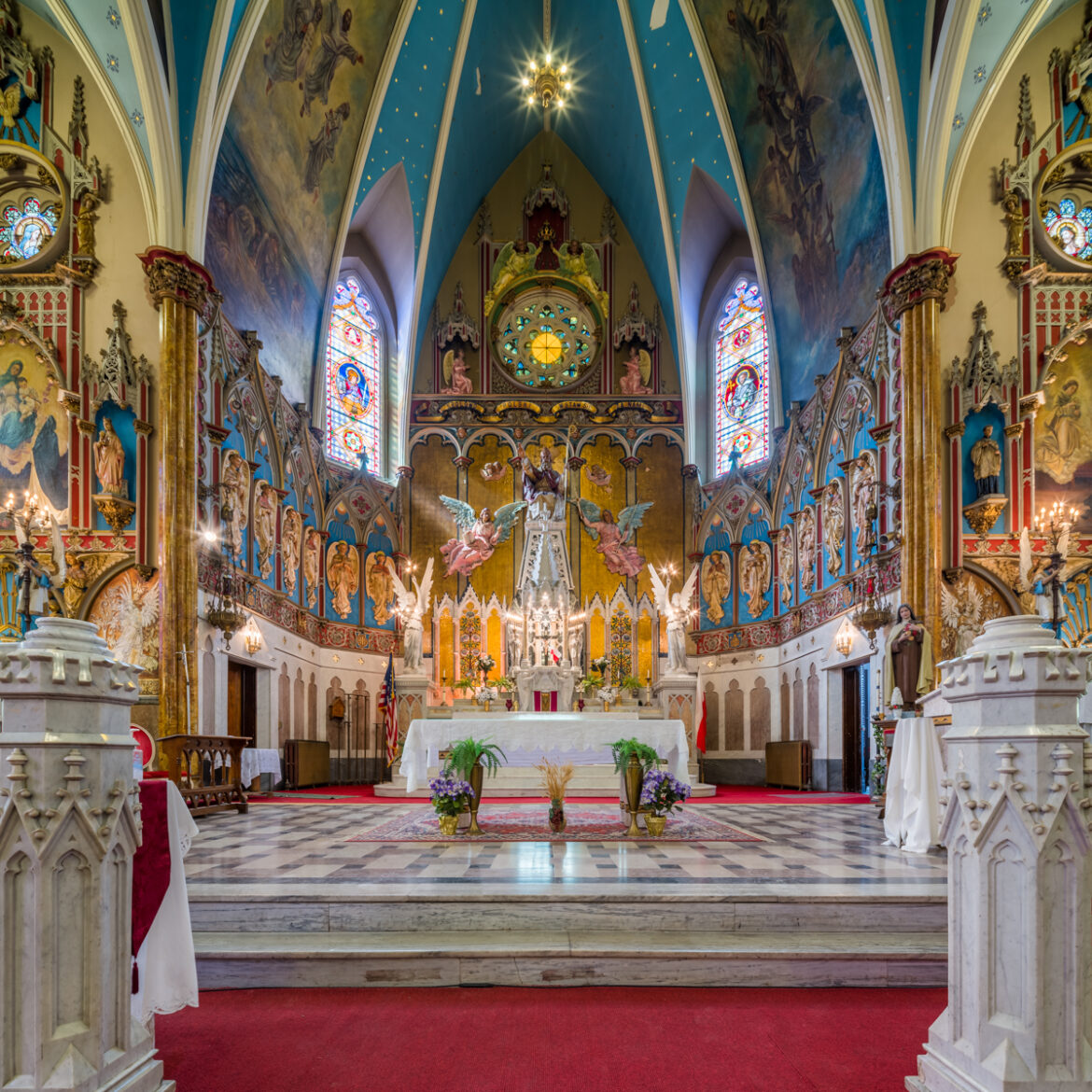The Church of England, a pivotal institution in the annals of British history, emerged during the tumultuous period of the Reformation. This significant religious and political transformation reshaped not only the ecclesiastical landscape of England but also the cultural and spiritual fabric of its society. The genesis of the Church of England can be attributed to a confluence of theological dissent and the sovereign’s pragmatic necessities, epitomizing the interplay between religion and authority during the 16th century.
To comprehend the Church of England’s inception, one must first examine the broader context of the Reformation. The movement originated in continental Europe, catalyzed by figures such as Martin Luther and John Calvin, who vehemently criticized the Roman Catholic Church’s perceived excesses and doctrinal inaccuracies. Their innovations proposed a return to scriptural foundations, ushering in a tumult of ideas that would find fertile ground across the Channel. As Reformation ideals permeated England, the ecclesiastical establishment faced an unprecedented challenge.
Central to this evolution was King Henry VIII, whose matrimonial woes precipitated the schism between the Church of England and the Vatican. In his quest for a male heir, Henry sought an annulment of his marriage to Catherine of Aragon. Pope Clement VII’s refusal to acquiesce to this request incited Henry’s ire, leading him to reconsider his allegiance to the papacy. In 1534, the Act of Supremacy was enacted, declaring the king the Supreme Head of the Church of England. This legislative move not only severed ties with Rome but also established the church as a distinctly national institution, intertwining its authority with the monarchy.
Theologically, the Church of England occupied a unique position on the spectrum of Protestant beliefs. It sought to amalgamate Catholic traditions with Reformed theology, creating a via media—a middle way—between the Catholic and Protestant extremes. While the church retained certain liturgical elements such as the sacraments, clergy, and the Book of Common Prayer, it also embraced a more accessible interpretation of scripture, aligned with the principles of sola scriptura espoused by Reformation thinkers.
The establishment of the Church of England sparked a complex tapestry of responses among the populace. For many, the shift from papal authority to royal governance fostered a sense of national identity. This newfound ecclesiastical independence resonated deeply, mirroring the nation’s growing assertion on the global stage. However, the transition was not seamless; it engendered a plethora of reactions, from zealous support to vehement opposition.
The era was rife with turmoil as reformers, known as Puritans, emerged, advocating for a more radical departure from Catholic rituals and remnants. Their insistence on further purification of the church led to frictions and ultimately played into the broader narrative of dissent in England. Conflict arose not merely from theological disputes but also from socio-political dynamics, as different factions vied for doctrinal supremacy and influence within the Church of England.
During the subsequent reigns of Henry’s successors—Edward VI, Mary I, and Elizabeth I—the Church fluctuated between Protestant and Catholic influences, reflecting the volatile religious climate of the time. Edward VI’s short reign heralded significant Protestant reforms, introducing a more radical approach to the liturgy and doctrine. Conversely, Mary I, known as “Bloody Mary,” sought to revert England to Catholicism, instigating fierce persecution of Protestants. Lastly, Elizabeth I established a more settled and comprehensive Protestant Church through the Elizabethan Religious Settlement, solidifying the Church of England’s identity amidst the lingering tensions.
The ramifications of the Church of England’s birth extended beyond the ecclesiastical domain; they reshaped the socio-political landscape of Britain. The intertwining of church and state established a prelude to future conflicts, including the English Civil War. The schism not only generated theological debates but also gave rise to questions of sovereignty, governance, and the role of faith in public life. As the church became a vehicle of national unity, it simultaneously sowed seeds of discord among various religious factions.
Over the ensuing centuries, the Church of England continued to adapt, serving not only as a religious institution but also as a symbol of English identity. It facilitated the spread of Anglicanism across the globe, particularly during the age of colonial expansion. Its theological nuances and liturgical practices influenced various diaspora communities, establishing the Anglican Communion as a significant branch of global Christianity.
In contemporary times, the Church of England remains a tapestry of tradition and modernity, wrestling with the challenges of an increasingly secular society. Its role as the established church invites scrutiny and evolution as it seeks to remain relevant amidst shifting cultural paradigms. Furthermore, the church’s position on social issues such as gender equality, LGBTQ+ rights, and interfaith dialogue reflects ongoing debates about morality and modernity within the framework of Christianity.
In summary, the Church of England represents a seminal chapter in the history of the Reformation, embodying the intersection of faith, politics, and national identity. Its evolution from a royal initiative into a complex religious institution elucidates the dynamic interplay between spiritual belief and temporal authority. The legacy of the Church of England persists, reminding us of the enduring impact of the Reformation on the Christian tradition in Britain and beyond.



